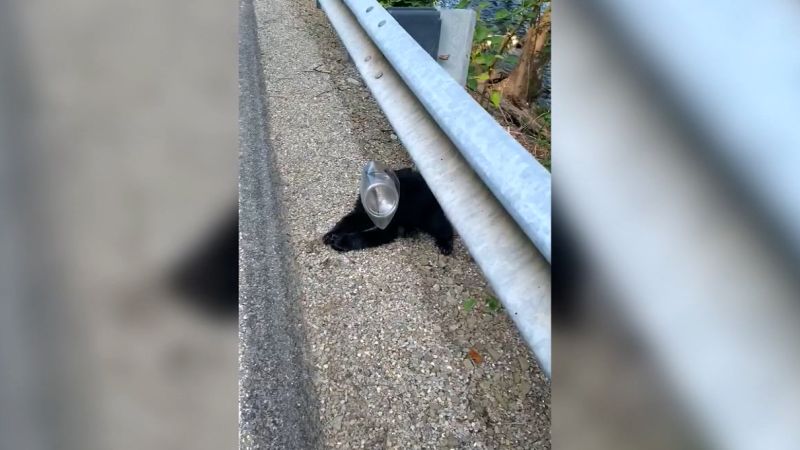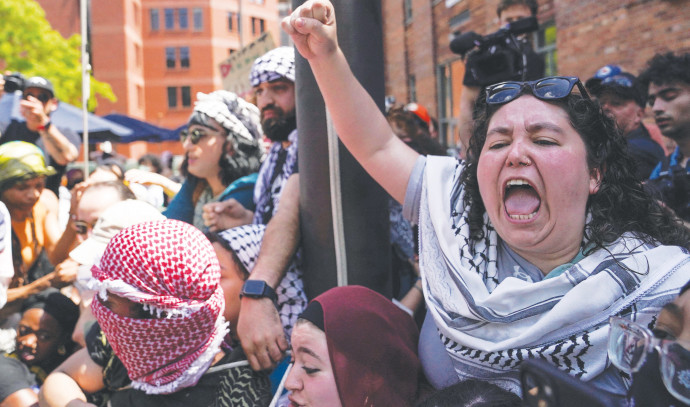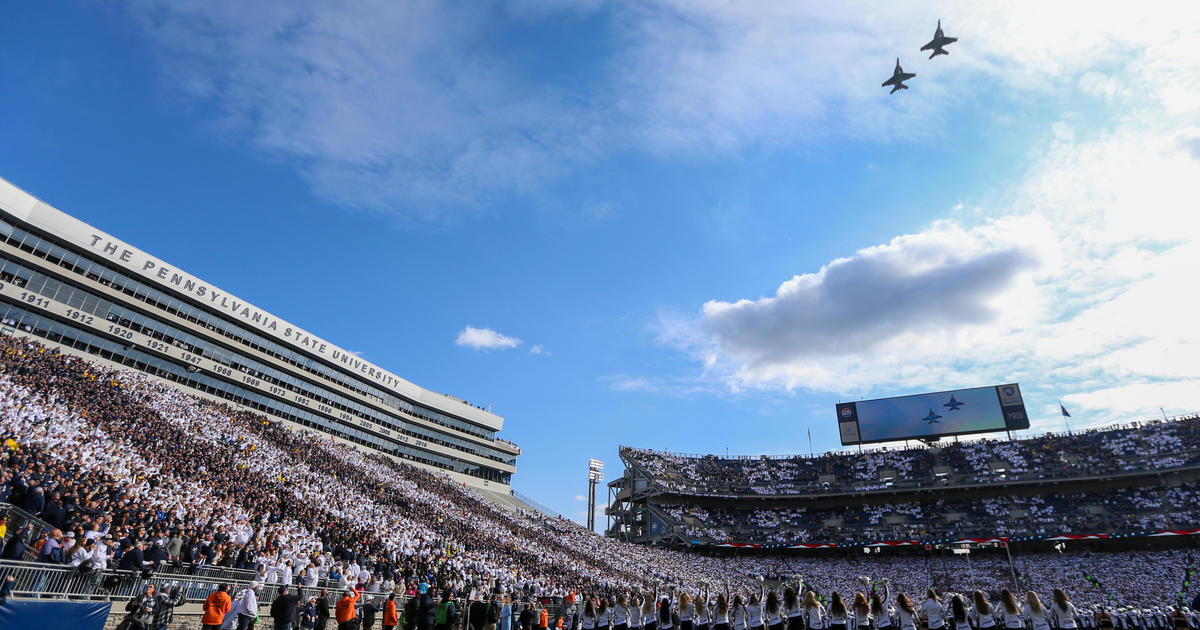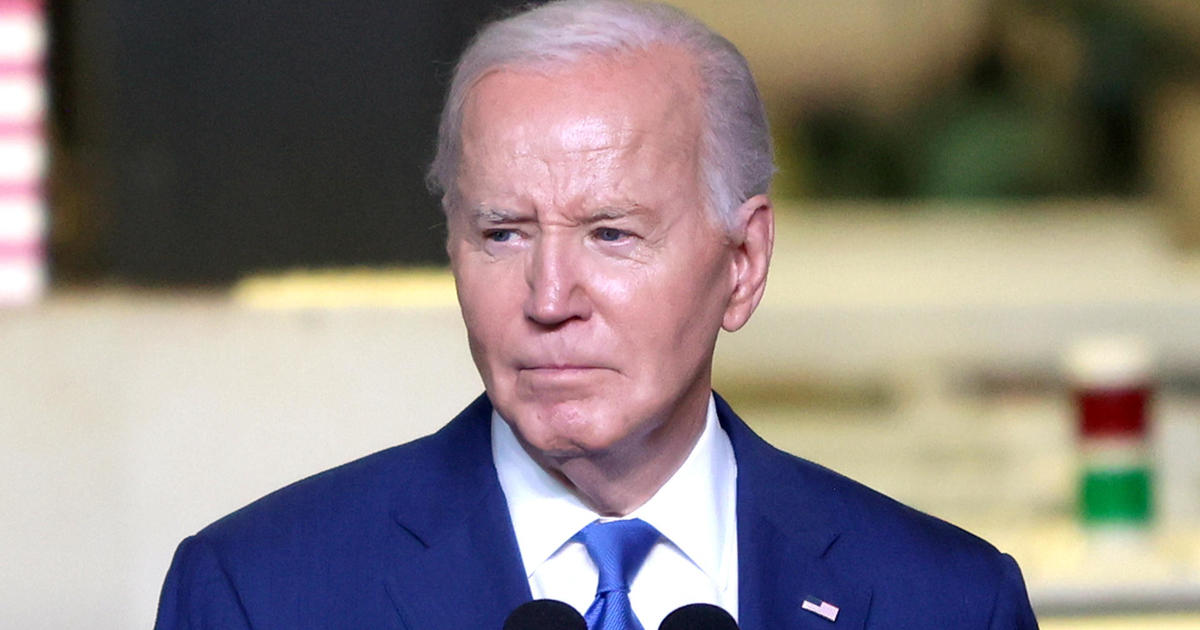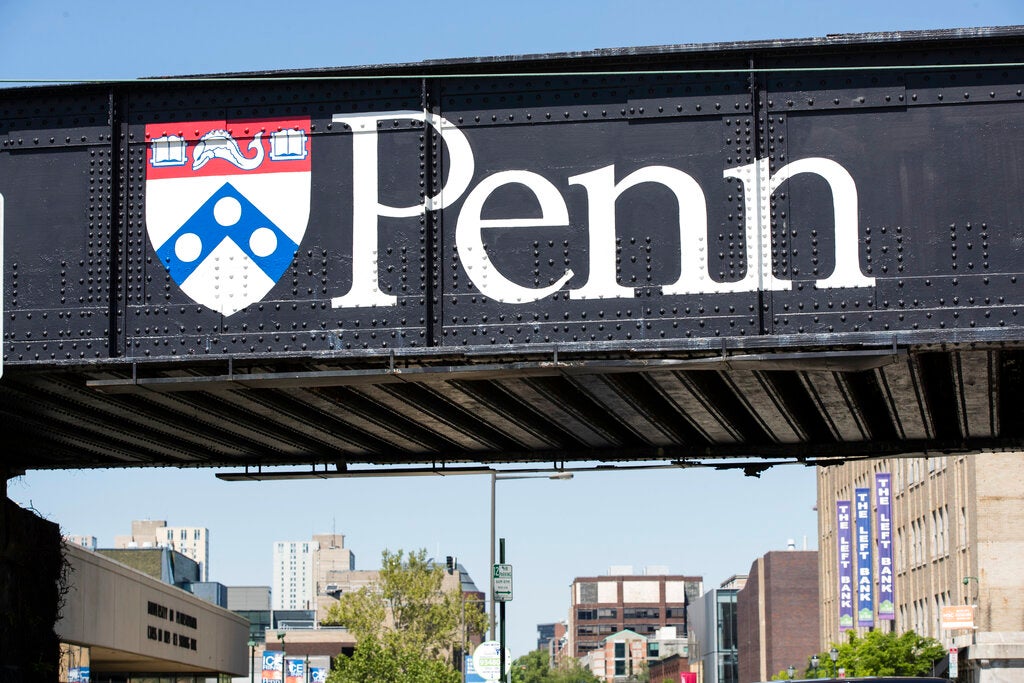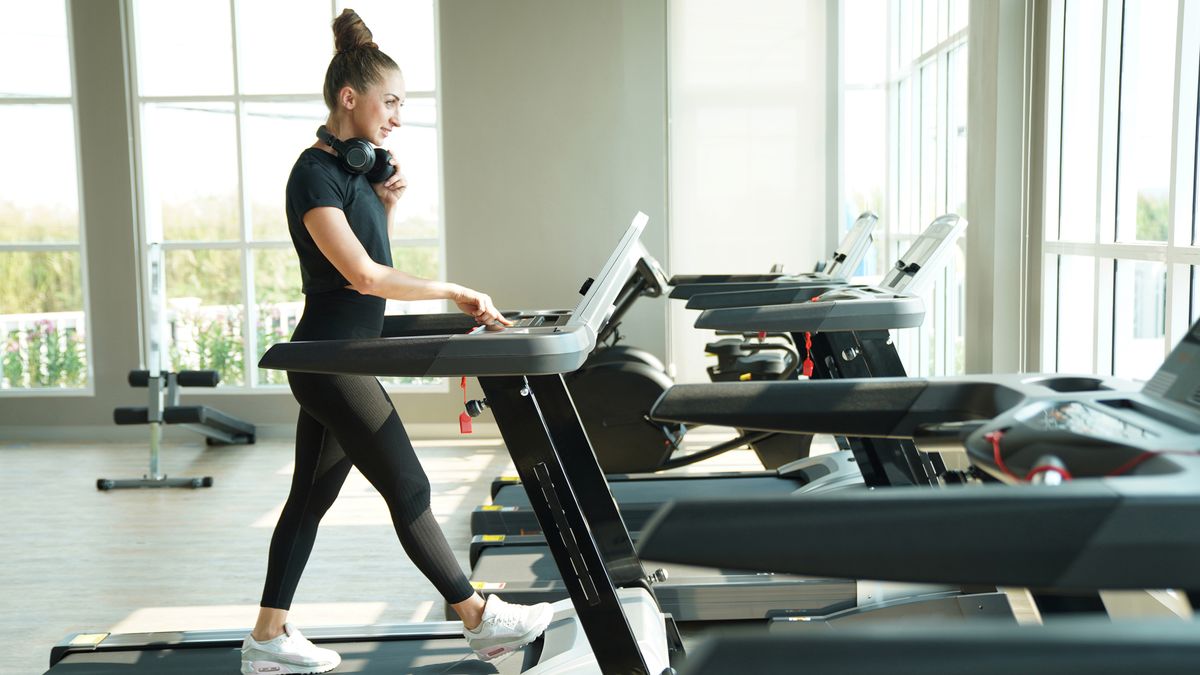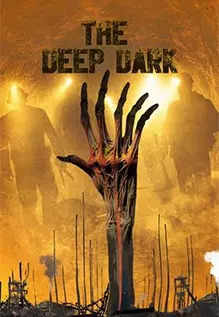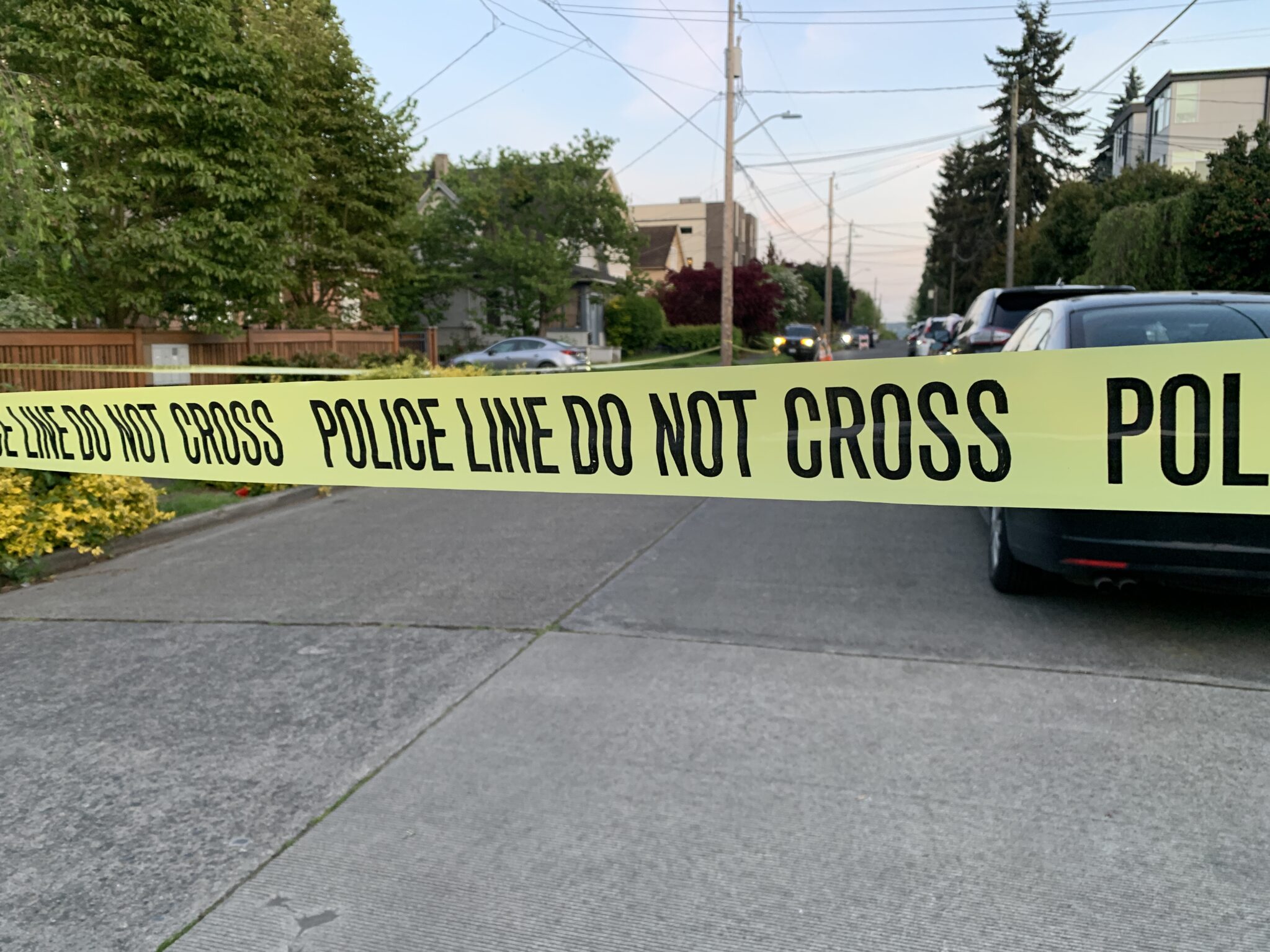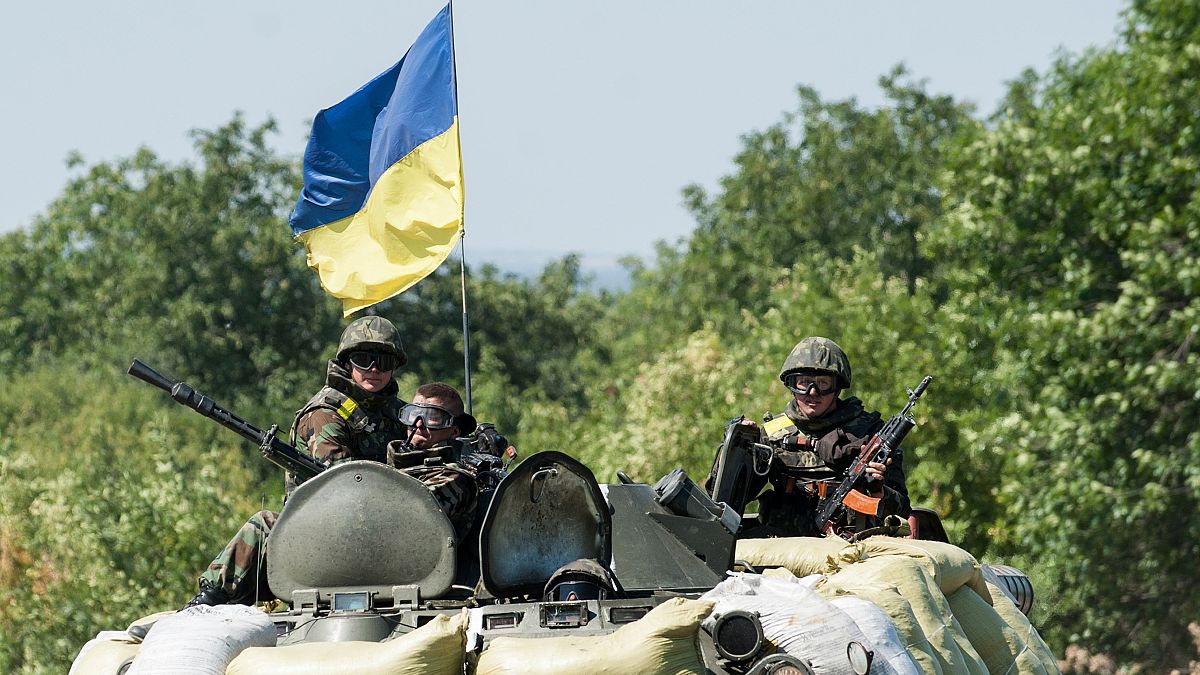CNN
—
Pennsylvania Park Manager Sarah Lindgren is no stranger to wildlife, so when she saw a bear cub in distress, she knew exactly what to do.
Lindgren was driving through Cross Fork, a small village in northern Pennsylvania on Sunday, when she spotted a young bear on the side of the road with a plastic container stuck on its head.
“I thought it was dead at first,” Lindgren told CNN.
She approached with caution as the cub slowly noticed her.
Lindgren quickly grabbed the plastic container, giving words of encouragement to the bear as it flailed in resistance. After about 10 seconds of struggling, the frightened cub was free.
“I highly doubt that it would have survived another day without intervention. It was very weak and dehydrated,” Lindgren said. “Not only that, but it was right along a paved road with a steep bank down to a stream. I would have to think that it would have drowned in the stream when the container filled up, been hit by a car, or died of dehydration within a day.”
The cub, who Lindgren believes to be roughly eight months old, eventually climbed into a tree to recover.
Lindgren looked around for mama bear, but said she was nowhere to be found. Luckily, the cub is old enough to survive on its own if its mother doesn’t return, she explained. The Pennsylvania Game Commission says black bears typically leave the den at around three months old and are weaned from their mothers by seven months.
While the bear cub looked adorable and harmless, Lindgren stressed the importance of always contacting state authorities during wildlife emergencies.
“In Pennsylvania we have the PA Game Commission. They were alerted to the situation afterward as there was no cell service. I have experience with wildlife, and it was in immediate danger,” Lindgren told CNN.
An estimated 18,000 black bears live across three-quarters of Pennsylvania, according to the Pennsylvania Game Commission. As adults, the bears can range in size from 140 to 400 pounds, even sometimes growing as large as 800 pounds, the commission reported.
The furry creatures are most often threatened by human causes, according to the commission: They face mortality from hunting, being struck by vehicles, and being killed due to “nuisance activity.”

